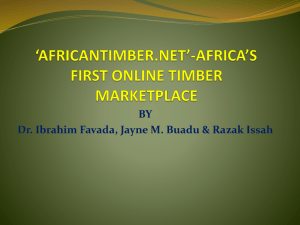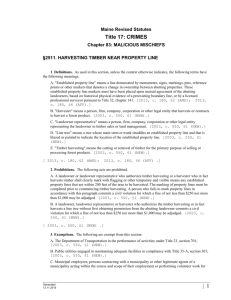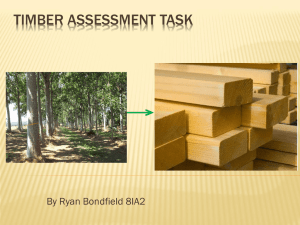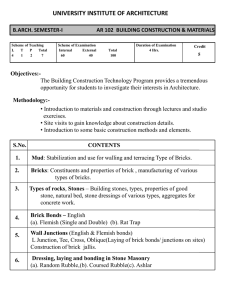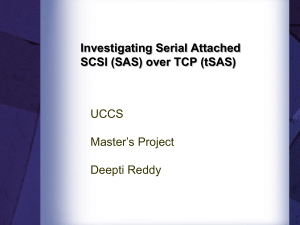Bark beetles
advertisement
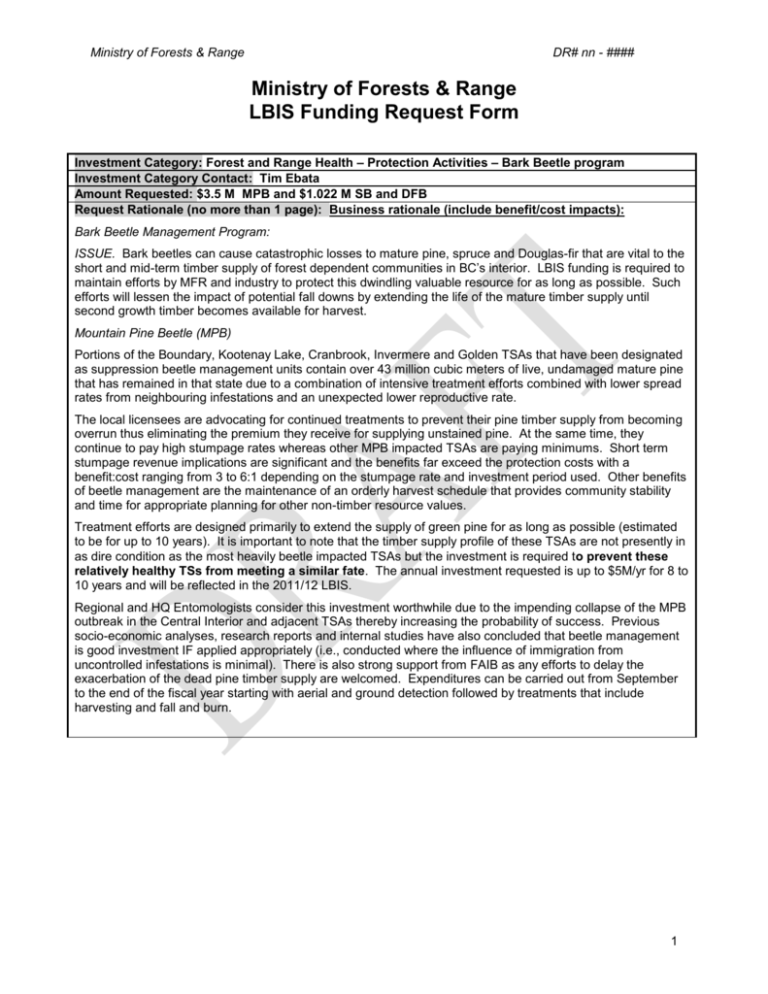
Ministry of Forests & Range DR# nn - #### Ministry of Forests & Range LBIS Funding Request Form Investment Category: Forest and Range Health – Protection Activities – Bark Beetle program Investment Category Contact: Tim Ebata Amount Requested: $3.5 M MPB and $1.022 M SB and DFB Request Rationale (no more than 1 page): Business rationale (include benefit/cost impacts): Bark Beetle Management Program: ISSUE. Bark beetles can cause catastrophic losses to mature pine, spruce and Douglas-fir that are vital to the short and mid-term timber supply of forest dependent communities in BC’s interior. LBIS funding is required to maintain efforts by MFR and industry to protect this dwindling valuable resource for as long as possible. Such efforts will lessen the impact of potential fall downs by extending the life of the mature timber supply until second growth timber becomes available for harvest. Mountain Pine Beetle (MPB) Portions of the Boundary, Kootenay Lake, Cranbrook, Invermere and Golden TSAs that have been designated as suppression beetle management units contain over 43 million cubic meters of live, undamaged mature pine that has remained in that state due to a combination of intensive treatment efforts combined with lower spread rates from neighbouring infestations and an unexpected lower reproductive rate. The local licensees are advocating for continued treatments to prevent their pine timber supply from becoming overrun thus eliminating the premium they receive for supplying unstained pine. At the same time, they continue to pay high stumpage rates whereas other MPB impacted TSAs are paying minimums. Short term stumpage revenue implications are significant and the benefits far exceed the protection costs with a benefit:cost ranging from 3 to 6:1 depending on the stumpage rate and investment period used. Other benefits of beetle management are the maintenance of an orderly harvest schedule that provides community stability and time for appropriate planning for other non-timber resource values. Treatment efforts are designed primarily to extend the supply of green pine for as long as possible (estimated to be for up to 10 years). It is important to note that the timber supply profile of these TSAs are not presently in as dire condition as the most heavily beetle impacted TSAs but the investment is required to prevent these relatively healthy TSs from meeting a similar fate. The annual investment requested is up to $5M/yr for 8 to 10 years and will be reflected in the 2011/12 LBIS. Regional and HQ Entomologists consider this investment worthwhile due to the impending collapse of the MPB outbreak in the Central Interior and adjacent TSAs thereby increasing the probability of success. Previous socio-economic analyses, research reports and internal studies have also concluded that beetle management is good investment IF applied appropriately (i.e., conducted where the influence of immigration from uncontrolled infestations is minimal). There is also strong support from FAIB as any efforts to delay the exacerbation of the dead pine timber supply are welcomed. Expenditures can be carried out from September to the end of the fiscal year starting with aerial and ground detection followed by treatments that include harvesting and fall and burn. 1 Ministry of Forests & Range DR# nn - #### Spruce (SB) and Douglas-fir Beetle (DFB) SB and DFB outbreaks behave slightly differently than MPB outbreaks thus their impacts and management are also slightly different. SB outbreaks are usually explosive but short-lived and could occur anywhere in the province where mature spruce is located. Management efforts focus on early detection of outbreaks and rapid removal of infested timber through conventional harvesting (sometimes supplemented with trap trees) to prevent the expansion of the outbreak. Funding is required to be able to respond quickly by conducting detailed aerial surveys and ground surveys whenever new infestations are found. Similarly, DFB is the main mortality agent of mature interior Fd but outbreaks are less explosive and so are more readily controllable with aggressive treatment through harvesting. Both of these beetle species affect the main mature timber species that make up the timber supply of the most heavily MPB impacted TSAs and it is vital to prevent their loss. Besides the impact to the remaining mature timber supply, DFB in particular threaten the integrity of Fdi stands that are essential ungulate winter range by killing overstory trees essential for thermal cover. First Nations’ and sport hunting opportunities will also be impacted. A Benefit:Cost or ROI estimation is very difficult to prepare as the benefits are an extension of the available mature timber supply and protection of non-timber values. Investment decisions are based on the probability of management success and depend on the location and size of detected infestations and the availability of harvesting as a treatment – including the use of the small scale salvage program. Annual funding request: MPB - $3.5 M. SB and DFB- $1.022 M Linkage to LBIS goals, objectives and strategic priorities: From “MFR Service Plan Goal #4 – Vigorous, efficient and world competitive forest and range sector” From “MFR Service Plan and Guidance for developing the 11/12 LBIS” Goal #1 – maximum productivity of forest and range resources; Protection of mid-and long-term timber supply from potential catastrophic disturbance (from 11/12 LBIS Funding Principles); Investments are occurring in the Priority 1 & 2 units for mid-term timber supply mitigation – DFB – Williams Lake, Nadina, PG, 100 Mile, Kamloops; SB – Merritt, PG, and Nadina TSAs; and MPB Boundary, Kootenay Lake, Cranbrook, Invermere and Golden TSAs (from “Guidance for developing the 11/12 LBIS” Strategic Priority #1) Treatment decisions are based on positive ROI (“Guidance for developing the 11/12 LBIS” Objective #1) Benefits: Aside from protecting timber values, wildlife habitat, watershed and scenic values are also maintained Investments Target Timber Supply Issues Treatments are focused on stands that are critical to maintain the mid-term timber supply and, particularly for DFB in the Cariboo, on maintaining the integrity of mule deer winter range. Biological Window: Summer 2010 – aerial survey results show current location and severity of new infestations; revisions of beetle management unit strategies Fall 2010 – ground surveys; accessible site information given to licensees to address through harvesting; remaining sites are targeted for fall and burn treatments Winter 2010– Spring 2011 – Treatment program implementation – directed harvesting and trap tree program. Assessment to determine the impact on the infestation. Amount Allocated (to be filled out by FPIB): Allocation Rationale (to be filled out by FPIB): 2 Ministry of Forests & Range DR# nn - #### Describe the issue being addressed including: a) the size and general area of impact within the province b) How much total funding would be required to resolve the issue c) How long it would take to resolve the issue at the proposed funding level Provide a brief description of a) magnitude of the impact in addressing the Land Based Investment Strategy goals, objectives, and strategic priorities resulting from the investment1; b) multiple benefits that can be achieved from the investment2; c) how the investment addresses structural timber supply or ecological integrity issues; d) specific biological windows for success related to the investment 1 2 Does the investment result in a significant contribution to achieving the provincial goals and objectives? Does the investment assist in the achievement of indicators or targets in other investment categories? 3



